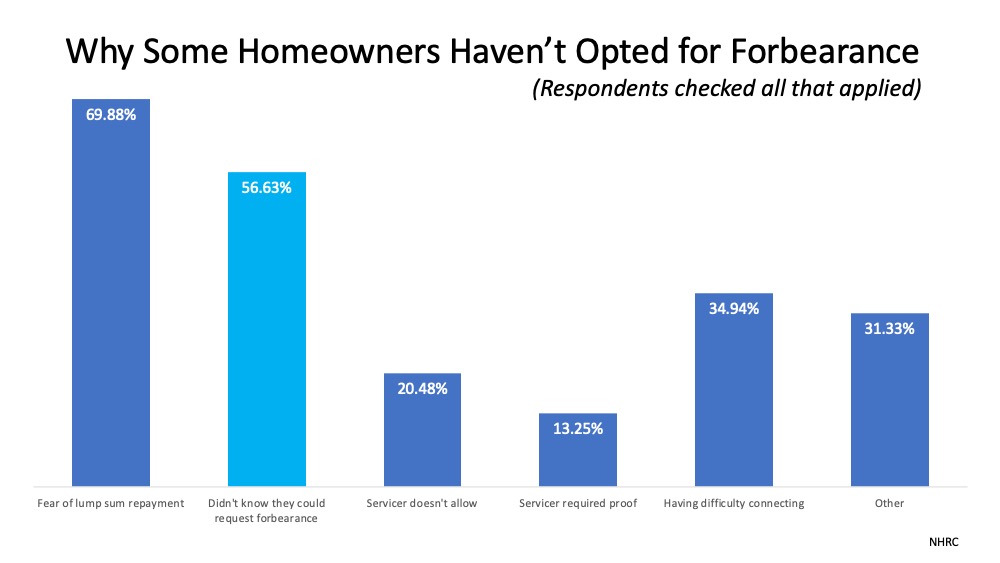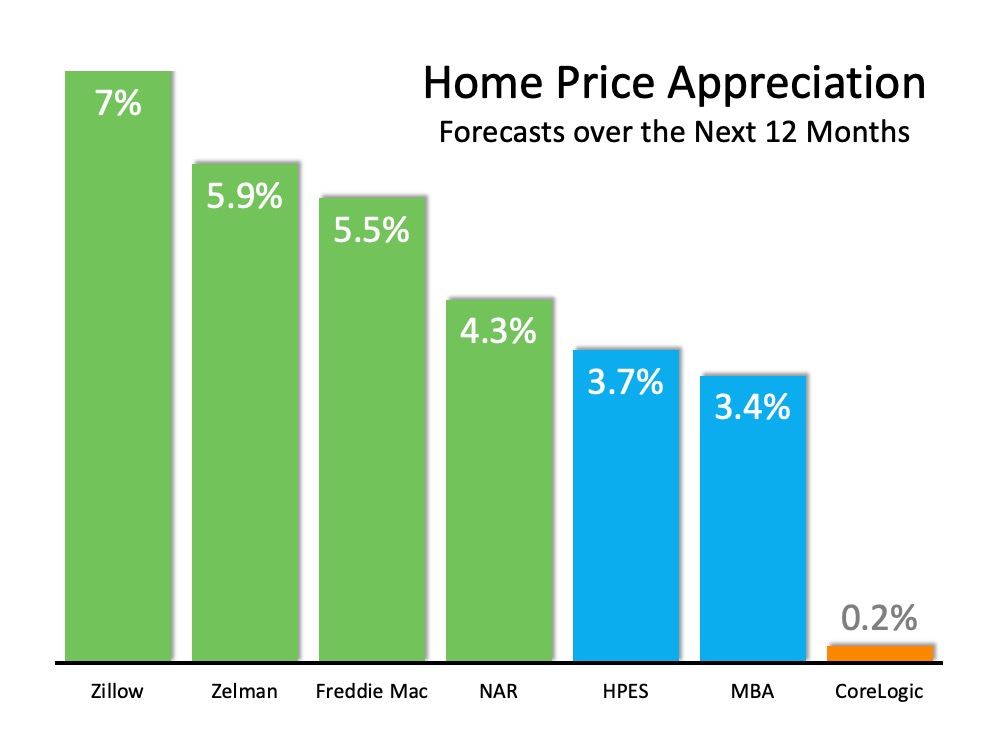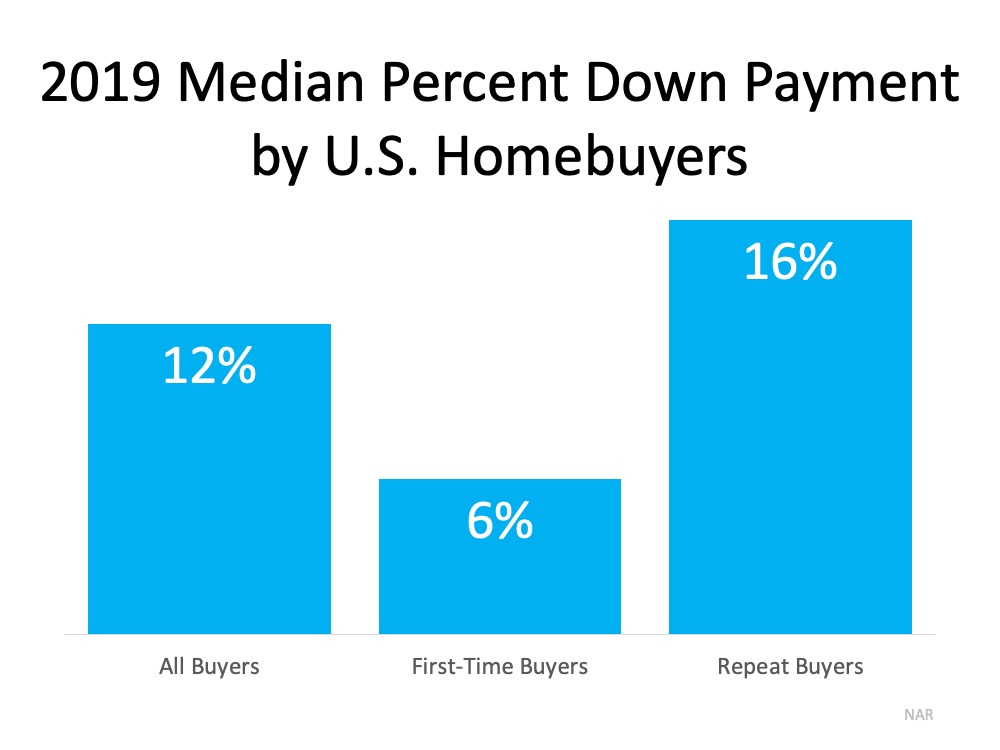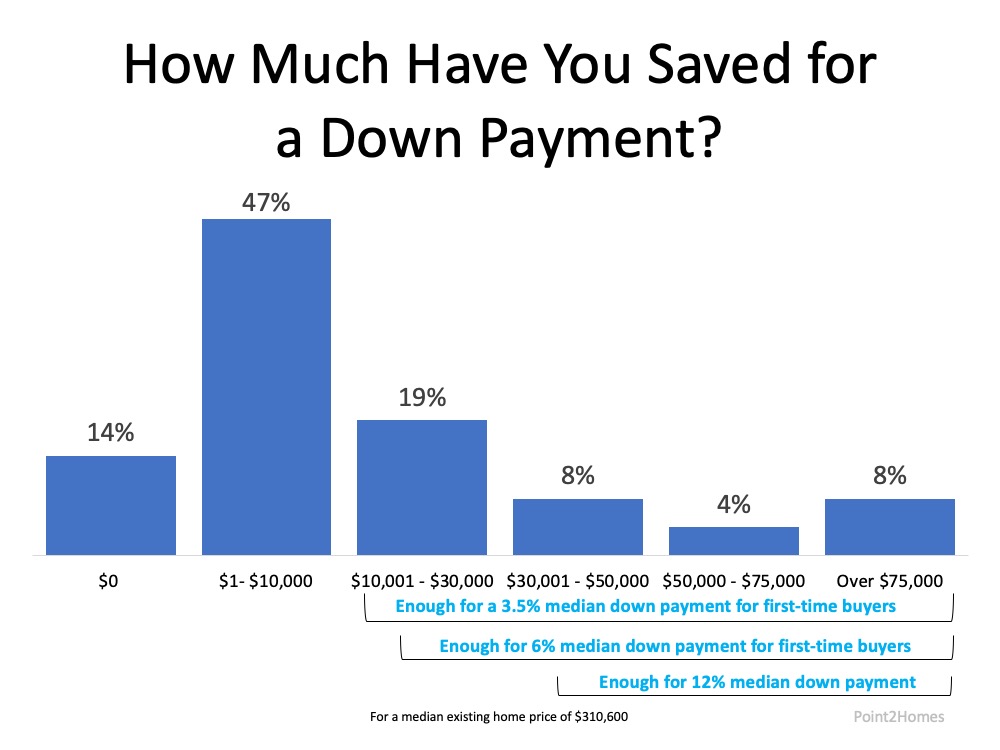Welcome James “Jimmy” Cosenza
The Green Team is proud to announce that James “Jimmy” Cosenza has decided to join our Warwick, NY office. We’re excited to have him on our team and look forward to helping him grow!
Please join us in Welcoming James to The Green Team New York!
To learn more about James and his business visit his website here.
Expect a Rebound Next Year – Single-Family Housing Market
[et_pb_section fb_built=”1″ _builder_version=”3.0.47″ custom_padding=”16px|0px|0px|0px|false|false”][et_pb_row _builder_version=”3.0.48″ background_size=”initial” background_position=”top_left” background_repeat=”repeat”][et_pb_column type=”4_4″ _builder_version=”3.0.47″ parallax=”off” parallax_method=”on”][et_pb_text _builder_version=”3.0.74″ background_size=”initial” background_position=”top_left” background_repeat=”repeat”]
Real estate market conditions and values holding up much better than predicted six months ago says Urban Land Institute
Real estate market conditions and values in the U.S. are expected to rebound in 2021 and trend even higher in 2022, with single-family homes outperforming other sectors such as commercial, retail, hotel and rentals, according to a report released by the Urban Land Institute on October 22.
New single-family construction starts will fall slightly to 871,250 in 2020 before rising to 940,000 in 2021 and 975,000 in 2022, the highest level since 2006, according to the Urban Land Institute, a Washington, D.C.-based nonprofit that promotes sustainable community development throughout the country.
In the meantime, home prices will grow an average of 4.1% over the next three years, above the long-term average of 3.9%, according to the report, based on a survey of 43 economists at 37 leading real estate organizations.
“The worst fears of earlier this year have mostly eased,” William Maher, principal of Maher Strategies and author of the report said. While uncertainties, related to the coronavirus pandemic and the presidential election, remain, “as of now, leading real estate economists are signaling that resilience and underlying strength will likely win out over uncertainty and risk,” he said.
Read “Home Builder Confidence Hits All-Time Record”
The Urban Land Institute conducts semi-annual surveys—one in the spring and one in the fall—on real estate and macroeconomic fundamentals.
The economists had expected the U.S. GDP would decline 6% in 2020 in the spring survey, but now adjusted the forecast to a 5% decline. However, they lowered their estimate of the economic growth rate of 2021 to 3.6%, from 3.9% forecasted six months earlier.
Other real estate sectors will lag behind single-family housing in the coming two years but will hold up much better than economists had expected in the spring.
Commercial real estate price growth, measured by the Moody’s RCA Commercial Property Price Index (CPPI), is expected to fall 2% in 2020 rather than a projected 7% decline in May. The index is expected to flatline in 2021.
Retail vacancy, meanwhile, is expected to be 11.3% in 2021 and 2022, up from the 10.6% in 2020 and above the 20-year average of 9.7%. Office vacancy rates are expected to rise to 14.8% in 2022, above the 20-year average of 14%, according to economists’ forecast.
[/et_pb_text][/et_pb_column][/et_pb_row][et_pb_row _builder_version=”3.18.2″][et_pb_column type=”4_4″ _builder_version=”3.18.2″ parallax=”off” parallax_method=”on”][et_pb_post_nav in_same_term=”off” _builder_version=”3.18.2″ title_font=”|800|||||||” title_text_color=”#ffffff” title_font_size=”15px” background_color=”#007a42″ border_radii=”on|2px|2px|2px|2px” border_width_all=”2px” border_color_all=”#007a42″ custom_padding=”1px|4px|1px|4px”][/et_pb_post_nav][/et_pb_column][/et_pb_row][et_pb_row _builder_version=”3.18.2″][et_pb_column type=”4_4″ _builder_version=”3.18.2″ parallax=”off” parallax_method=”on”][et_pb_text _builder_version=”3.18.2″ text_font=”||||||||” text_font_size=”12px”]
BY FANG BLOCK | ORIGINALLY PUBLISHED ON OCTOBER 28, 2020 | MANSION GLOBAL
[/et_pb_text][/et_pb_column][/et_pb_row][/et_pb_section]
Why Today’s Options Will Save Homeowners from Foreclosure
Many housing experts originally voiced concern that the mortgage forbearance program (which allows families impacted financially by COVID to delay mortgage payments to a later date) could lead to an increase in foreclosures when forbearances end.
Some originally forecasted that up to 30% of homeowners would choose to enter forbearance. Less than 10% actually did, and that percentage has been dropping steadily. Black Knight recently reported that the national forbearance rate has decreased to 5.6%, with active forbearances falling below 3 million for the first time since mid-April.
Many of those still in forbearance are actually making timely payments. Christopher Maloney of Bloomberg Wealthrecently explained:
“Almost one quarter of all homeowners who have demanded forbearance are still current on their mortgages…according to the latest MBA data.”
However, since over two million homeowners are still in forbearance, some experts are concerned that this might lead to another wave of foreclosures like we saw a little over a decade ago during the Great Recession. Here is why this time is different.
There Will Be Very Few Strategic Defaults
During the housing crash twelve years ago, many homeowners owned a house that was worth less than the mortgage they had on that home (called negative equity or being underwater). Many decided they would just stop making their payments and walk away from the house, which then resulted in the bank foreclosing on the property. These foreclosures were known as strategic defaults. Today, the vast majority of homeowners have significant equity in their homes. This dramatically decreases the possibility of strategic defaults.
Aspen Grove Solutions, a business consulting firm, recently addressed the issue in a study titled Creating Positive Forbearance Outcomes:
“Unlike in 2008, strategic defaults have not emerged as a serious problem and seems unlikely to emerge given stronger expectations for property price increases, a record low inventory of homes, and stable residential underwriting standards leading up to the crisis which has reduced the number of owners who are underwater.”
There Are Other Options That Were Not Available the Last Time
A decade ago, there wasn’t a forbearance option, and most banks did not put in other programs, like modifications and short sales, until very late in the crisis.
Today, homeowners have several options because banks understand the three fundamental differences in today’s real estate market as compared to 2008:
1. Most homeowners have substantial equity in their homes.
2. The real estate market has a shortage of listings for sale. In 2008, homes for sale flooded the market.
3. Prices are appreciating. In 2008, prices were depreciating dramatically.
These differences allow banks to feel comfortable giving options to homeowners when exiting forbearance. Aspen Grove broke down some of these options in the study mentioned above:
- Refinance Repay: Capitalize forbearance amount – For borrowers who have strong credit, have good or improved equity in their homes, possibly had a higher interest rate on their original loan, have steady employment/no significant wage loss, and income.
- Repayment Plan: Pay it back in higher monthly payments – For people who cannot reinstate using savings, but have increased monthly income, and do not want to use a deferral program.
- Deferral Program: Shift payments to the end of the loan term – For borrowers who lost income temporarily and regained most or all of their income but are not in a position to refinance due to credit score, home equity, low total loan value relative to closing costs, or simple apathy.
- Modification: Flex modification or other mod – For households that permanently lost 20% to 30% of their income, but not all of their income, and want to remain in their home.
Each one of these programs enables the homeowner to remain in the home.
What about Those Who Don’t Qualify for These Programs?
Homeowners who can’t catch up on past payments and don’t qualify for the programs mentioned have two options: sell the house or let it go to foreclosure. Some experts think most will be forced to take the foreclosure route. However, an examination of the data shows that probably won’t be the case.
A decade ago, homeowners had very little equity in their homes. Therefore, selling was not an option unless they were willing to tap into limited savings to cover the cost of selling, like real estate commission, closing costs, and attorney fees. Without any other option, many just decided to stay in the house until they were served a foreclosure notice.
As mentioned above, today is different. Most homeowners now have a large amount of equity in their homes. They will most likely decide to sell their home and take that equity rather than wait for the bank to foreclose.
In a separate report, Black Knight highlighted this issue:
“In total, an estimated 172K loans are in forbearance, have missed three or more payments under their plans and have less than 10% equity in their homes.”
In other words, of the millions currently in a forbearance plan, there are few that likely will become a foreclosure.
Bottom Line
Some analysts are talking about future foreclosures reaching 500,000 to over 1 million. With the options today’s homeowners have, that doesn’t seem likely.
Do You Need to Know More about Forbearance and Mortgage Relief Options?
Earlier this year when the nation pressed pause on the economy and unemployment rates jumped up significantly, many homeowners were immediately concerned about being able to pay their mortgages, and understandably so. To assist in this challenging time, two protection plans were put into place to help support those in need.
First, there was a pause placed on initiating foreclosures for government-backed loans. This plan started on March 18, 2020, and it extends at least through December 31, 2020. Second, homeowners were able to obtain forbearance for up to 180 days, followed by a potential extension for up to another 180 days. This way, there is a relief period in which homeowners have the opportunity to halt payments on their mortgages for up to one year.
Not Everyone Understands Their Options
The challenge, according to Matt Hulstein, Staff Attorney at non-profit Chicago Volunteer Legal Services, is, “A lot of homeowners aren’t aware of this option.”
There’s definitely traction behind this statement. In a recent survey by The National Housing Resource Center, housing counselors from across the country noted that many homeowners really don’t know that there is help available. The following graph indicates the reasons why people who are in this challenging situation are not choosing to enter forbearance: The Urban Institute explained:
The Urban Institute explained:
“530,000 homeowners who became delinquent after the pandemic began did not take advantage of forbearance, despite being eligible to ask for the plan…These responses reflect a need to provide better information to all homeowners. (Lump-sum payment is not the only repayment option.)
Additionally, 205,000 homeowners who did not extend their forbearance after its term ended in June or July became delinquent on their loans. We need to examine who these people are and why are they not extending their option.”
Clearly, a more focused effort on education about forbearance and relief programs may make a big difference for many people, and a clear understanding of their options is mission-critical. Some communities, however, have been impacted by the economic challenges of the pandemic more so than others, further confirming the need to deliver education more widely. The Urban Institute also indicates:
“Black and Hispanic homeowners have been hit harder than white homeowners…nearly 21 percent of both Black and Hispanic homeowners missed or deferred the previous month’s mortgage payment, compared with 10 percent of white homeowners and about 13 percent of all homeowners with payments due.”
Options Available
It’s important to note that any homeowner experiencing financial hardship has the right to request forbearance. If you’re unfamiliar with the plans available, contact your mortgage provider (the company you send your mortgage payment to each month) to discuss your options. It is a necessary next step, as you may qualify for mortgage relief options or forbearance.
One option many homeowners may not realize they have is the ability to sell their house in this time of need. With the growing equity that homeowners have available today, making a move might be the best option to protect your financial future.
Bottom Line
If you need additional information on your options, you can review the Protect Your Investment guide from the National Association of Realtors (NAR) and the Homeowner’s Guide to Success from the Consumer Financial Protection Bureau (CFPB). For the majority of people, our home is the most important asset we have, and you should use all the help available right now to be able to preserve your investment.
Congrats To Carol Buchanan For Reaching The Cap!
Carol Buchanan reached the cap!
Congratulations from Geoffrey Green, President of Green Team Realty, to Carol Buchanan for reaching the commission cap for company dollar contribution in 2020!
A quote from Geoff:
“It’s no wonder why Carol Buchanan is so successful. When you dutifully service your clients with honesty, responsiveness, good advice, and caring you are successful in this industry. That is how Carol Buchanan gets it done. She is a true professional, and we are extremely blessed to have Carol as part of our Agency.”
Carol’s dedication to her clients and hard work has allowed her to reach the cap on her commission with Green Team Realty. This is an outstanding accomplishment and means Carol will now receive a 100% commission split on any deal she closes during 2020.
Carol’s Thoughts:

“Making my CAP is a big deal. This is something I’ve never done before so I’m very proud to have achieved this with Green Team NY Realty. I’m grateful to my clients that have allowed me to work with them especially during this Pandemic, it’s been a different experience but being able to continue working for them was most important to me. The support and tools available to me through the Green Team along with my hard work and diligence has certainly helped to get me to this point. Thank you Geoff Green and Green Team New York Realty!”
Green Team Realty’s commission structure is, no doubt, one of the finest in the industry, but it doesn’t end there. Our lead generation platform, certified sales assistant program, and dynamic training systems are just a few other things worth mentioning.
To learn more about Green Team Realty and why you should join our team click here.
Congratulations, Carol!
Two Important Impacts of Home Equity
Equity continues to rise, helping American homeowners secure a much more stable financial future. According to the most recent data from CoreLogic, the average homeowner gained $9,800 in equity over the past year. In addition, experts project 2020 home prices to continue rising. With prices going up, equity gains will also keep accelerating. Black Knight just reported:
“The annual percent change in the overall median existing single-family-home price has skyrocketed in the past several months, with recent numbers at three to five times higher than rates seen in the past several years.”
Jeff Tucker, Senior Economist at Zillow, just qualified recent price increases as “jaw-dropping” and “within a hair’s breadth of double-digit year-over-year appreciation.”
Knowing equity will help enable many homeowners to better survive the economic distress caused by the ongoing pandemic, it’s important to break down two key homeowner benefits of increasing equity.
1. Equity Increases a Homeowner’s Options to Buy a New Home
Aside from the financial damage of the last seven months, there has also been a tremendous emotional toll on many people. Shelter-in-place mandates, quarantine requirements, and virtual schooling have all made us re-evaluate the must-have requirements a home should deliver. Having equity in your current house gives you a better opportunity to move-up or build your perfect home from scratch.
Mark Fleming, Chief Economist at First American, recently explained:
“As homeowners gain equity in their homes, they are more likely to consider using that equity to purchase a larger or more attractive home – the wealth effect of rising equity.”
If you need to make a move, the equity in your current home can help make that possible – right now.
2. Equity Enables Homeowners to Help Future Generations
An increase in home equity grows overall wealth, which can transfer to future generations. The Federal Reserve, in an addendum to their recent Survey of Consumer Finances, explains:
“There are numerous ways families can transmit wealth and resources across generations. Families can directly transfer their wealth to the next generation in the form of a bequest. They can also provide the next generation with inter vivos transfers (gifts), for example, providing down payment support to enable a home purchase or a substantial wedding gift.”
The Federal Reserve also explains another way wealth (including the additional net worth generated by an increase in home equity) can benefit future generations:
“In addition to direct transfers or gifts, families can make investments in their children that indirectly increase their wealth. For example, families can invest in their children’s educational success by paying for college or private schools, which can in turn increase their children’s ability to accumulate wealth.”
Bottom Line
Equity can help a homeowner grow their confidence in a more stable financial future. It provides near-term move-up options and creates a positive impact for future generations. In many cases, the largest single investment a person has is their home. As that investment appreciates in value, financial options increase too. Connect with one of our Sales Agents today to talk about your new investment!
6 Reasons You’ll Win by Selling with a Real Estate Agent This Fall
There are many benefits to working with a real estate professional when selling your house. During challenging times, like what we face today, it becomes even more important to have an expert you trust to help guide you through the process. If you’re considering selling on your own, known in the industry as a For Sale by Owner (FSBO), it’s critical to consider the following:
1. Your Safety Is a Priority
Your family’s safety should always come first, and that’s more crucial than ever given the current health situation in our country. When you FSBO, it is incredibly difficult to control entry into your home. A real estate professional will have the proper protocols in place to protect not only your belongings but your family’s health and well-being too. From regulating the number of people in your home at one time to ensuring proper sanitization during and after a showing, and even facilitating virtual tours for buyers, real estate professionals are equipped to follow the latest industry standards recommended by the National Association of Realtors (NAR) to help protect you and your family.
2. A Powerful Online Strategy Is a Must to Attract a Buyer
Recent studies from NAR have shown that, even before COVID-19, the first step 44% of all buyers took when looking for a home was to search online. Throughout the process, that number jumps to 93%. Today, those numbers have grown exponentially. Most real estate agents have developed a strong Internet and social media strategy to promote the sale of your house. Have you?
3. There Are Too Many Negotiations
Here are just a few of the people you’ll need to negotiate with if you decide to FSBO:
- The buyer, who wants the best deal possible
- The buyer’s agent, who solely represents the best interest of the buyer
- The inspection companies, which work for the buyer and will almost always find challenges with the house
- The appraiser, if there is a question of value
As part of their training, agents are taught how to negotiate every aspect of the real estate transaction and how to mediate the emotions felt by buyers looking to make what is probably the largest purchase of their lives.
4. You Won’t Know if Your Purchaser Is Qualified for a Mortgage
Having a buyer who wants to purchase your house is the first step. Making sure they can afford to buy it is just as important. As a FSBO, it’s almost impossible to be involved in the mortgage process of your buyer. A real estate professional is trained to ask the appropriate questions and, in most cases, will be intimately aware of the progress being made toward a purchaser’s mortgage commitment.
Further complicating the situation is how the current mortgage market is rapidly evolving because of the number of families out of work and in mortgage forbearance. A loan program that was available yesterday could be gone tomorrow. You need someone who is working with lenders every day to guarantee your buyer makes it to the closing table.
5. FSBOing Has Become More Difficult from a Legal Standpoint
The documentation involved in the selling process has increased dramatically as more and more disclosures and regulations have become mandatory. In an increasingly litigious society, the agent acts as a third-party to help the seller avoid legal jeopardy. This is one of the major reasons why the percentage of people FSBOing has dropped from 19% to 8% over the last 20+ years.
6. You Net More Money When Using an Agent
Many homeowners believe they’ll save the real estate commission by selling on their own. Realize that the main reason buyers look at FSBOs is because they also believe they can save the real estate agent’s commission. The seller and buyer can’t both save on the commission.
A study by Collateral Analytics revealed that FSBOs don’t actually save anything by forgoing the help of an agent. In some cases, the seller may even net less money from the sale. The study found the difference in price between a FSBO and an agent-listed home was an average of 6%. One of the main reasons for the price difference is effective exposure:
“Properties listed with a broker that is a member of the local MLS will be listed online with all other participating broker websites, marketing the home to a much larger buyer population. And those MLS properties generally offer compensation to agents who represent buyers, incentivizing them to show and sell the property and again potentially enlarging the buyer pool.”
The more buyers that view a home, the greater the chance a bidding war will take place.
Bottom Line
Listing on your own leaves you to manage the entire transaction by yourself. Why do that when you can hire an agent and still net the same amount of money? Before you decide to take on the challenge of selling your house alone, let’s connect you with one of our Sales Agents to discuss your options.
Congrats To Kristi Anderson For Reaching The Cap!
Kristi Anderson reached the cap!
Congratulations from Geoffrey Green, President of Green Team Realty, to Kristi Anderson for reaching the commission cap for company dollar contribution in 2020!
A quote from Geoff:
“Kristi’s dedication to her clients and hard work has allowed her to reach the cap on her commission with Green Team Realty. This is an outstanding accomplishment and means Kristi will now receive a 100% commission split on any deal she closes during 2020.”
Kristi’sThoughts:

“First, I would like to thank all my clients for making “capping out” possible. This a great program Green Team Realty offers and is a great motivator. It has not been easy this year with the pandemic and following safety guidelines and the ever changing requirements. However, with perseverance and determination I have helped many buyers and sellers accomplish their real estate goals during these trying times. And it was my pleasure doing so and I hope to continue this in the future.”
Green Team Realty’s commission structure is, no doubt, one of the finest in the industry, but it doesn’t end there. Our lead generation platform, certified sales assistant program, and dynamic training systems are just a few other things worth mentioning.
To learn more about Green Team Realty and why you should join our team click here.
Congratulations, Kristi!


 Facebook
Facebook
 X
X
 Pinterest
Pinterest
 Copy Link
Copy Link






